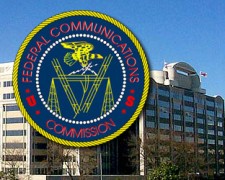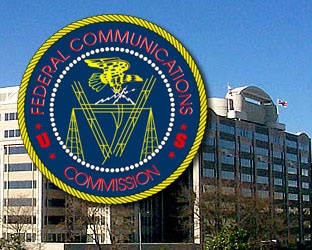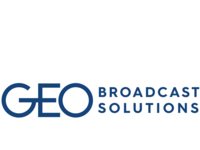 A battle over program access between Sky Angel US and Discovery Communications over carriage of the latter’s Animal Planet basic cable offering has the FCC scratching its head. It is sure that a cable system or a satellite video service is an MVPD, but it isn’t quite as sure about Sky Angel, and that lack of clarity affects other services as well. Ever heard of Hulu or Netflix?
A battle over program access between Sky Angel US and Discovery Communications over carriage of the latter’s Animal Planet basic cable offering has the FCC scratching its head. It is sure that a cable system or a satellite video service is an MVPD, but it isn’t quite as sure about Sky Angel, and that lack of clarity affects other services as well. Ever heard of Hulu or Netflix?
For the FCC, one solid definition of a channel is the 6 MHZ-wide swathe of spectrum used by a broadcast television station to deliver programming.
The word channel is also used to describe a program offering on a cable or satellite service that offers programming comparable to that which might be broadcast over a broadcast television station.
Here’s what makes cable systems and satellite services safe under the channel definition, no matter how it is interpreted. They provide the path through which the programming goes from A to B.
This is not the case for Sky Angel – it provides programming and pays program suppliers for the right to do so, but it transmits them to its subscription customers over the internet.
Since the dispute as to whether or not the Sky Angel/Discovery case has wider implications beyond the two combatants, the FCC is putting the definition question out for comment.
Here are the two competing definitions the FCC put forth:
(i) interpreting “channel” as used in the definition of the term “MVPD” to include the provision of a transmission path, thus treating as MVPDs only those entities that make available for purchase multiple streams of “video programming” as well as the transmission path; or
(ii) interpreting “channel” as used in the definition of the term “MVPD” to provide that any entity that makes multiple “video programming networks” available for purchase is considered an “MVPD” without regard to whether it makes available a transmission path for purchase.
The question hinges on all sorts of things – interpretations of the Communications Act as amended, trying to devine the ultimate intent on Congress, taking into account the issue is one that didn’t even exist when many of the rules were written, and so forth.
The title of the proceeding is offered in pure bureaucratese:
Media Bureau seeks comment on interpretation fo the terms “multichannel video programming distributor” and “channel” as raide in pending program access complaint proceeding.
It is being filed under MB Docket No. 12-83.
Comments are due 4/30/12; reply comments 5/30/12.
RBR-TVBR observation: Ever wonder why seemingly simple matters take forever to sort out in Washington? Here’s a fine example. A small kid with a remote knows what a channel is, but in Washington, the adults – and not just the adults, but the supposedly really smart adults we call attorneys and government officials – are clueless!
We kid attorneys and government officials – and we are not kidding when we say we have good friends in both groups – but it’s true that they are capable of seizing on a word as simple as “channel” and tying things up in knots, sometimes for years. That’s why they spend so much time in Washington making sure language is utterly precise, then seeking out any way around the language, and so on and so on.
Anyway, now is your chance to take a stab at defining MVPD and channel in such a way that it will withstand the steady march of technological progress, and sharing that definition with the FCC to enrich the public record.






Thanks for commenting on this important issue. I have read the proceedings, and actually, the FCC is incorrect about Sky Angel’s delivery system. It does deliver programming via a “path”–from its head-in to an encrypted set-top box just like cable and satellite. Instead of using cable or fiber for the delivery system, it uses an internet connection. What the FCC should be looking at is whether a system is encrypted and its main purpose is to deliver traditional “cable channels” in order to define it as a MVPD. Hulu and Netflix are programming streaming services. They do not utilize a set-top box nor do they sell themselves to the public as a “cable service” (as the term is no broadly used). This should be an easy one for the FCC, which is supposed to help competition in the marketplace survive and thrive.
Comments are closed.